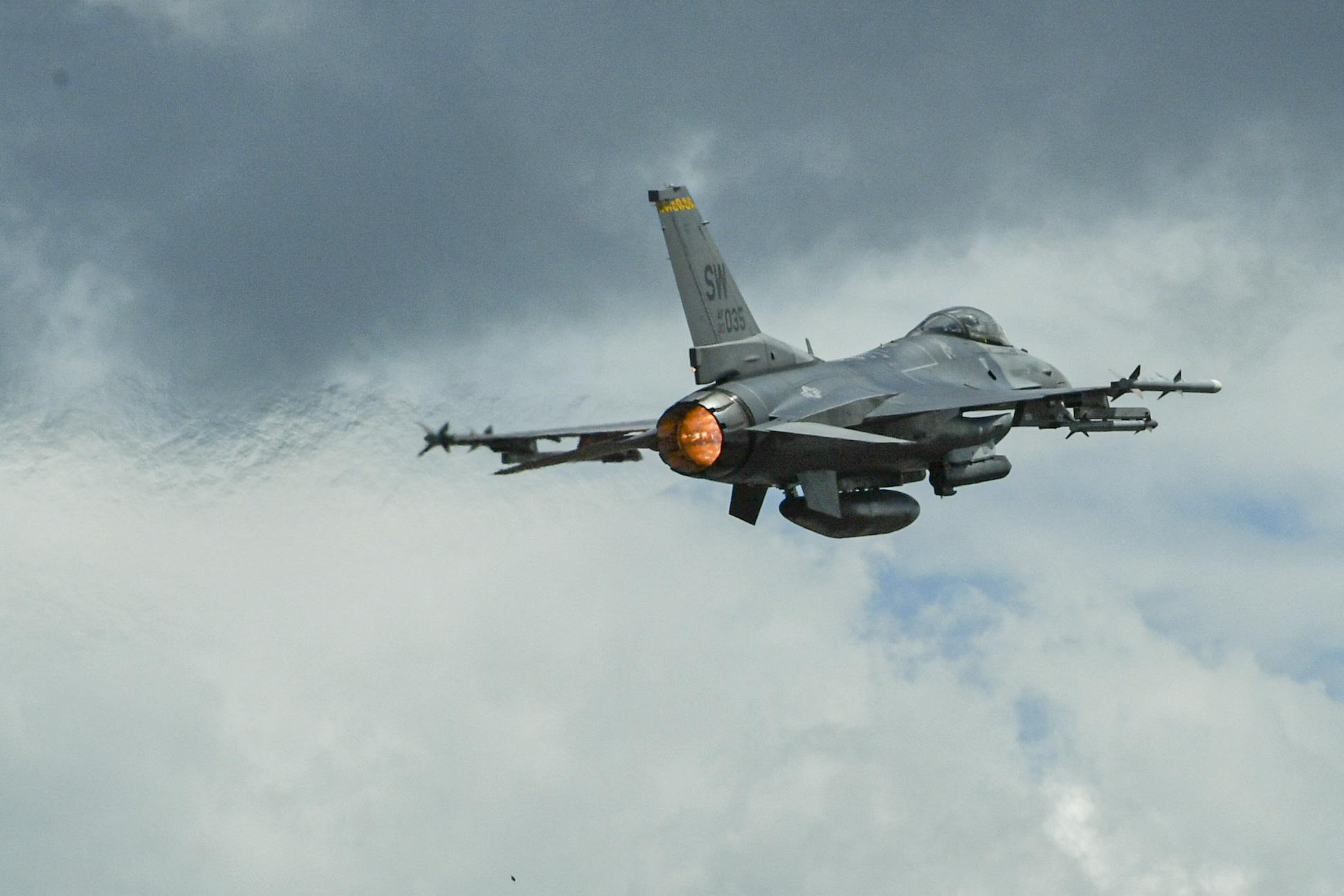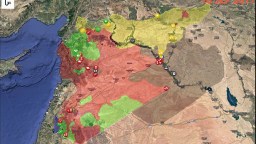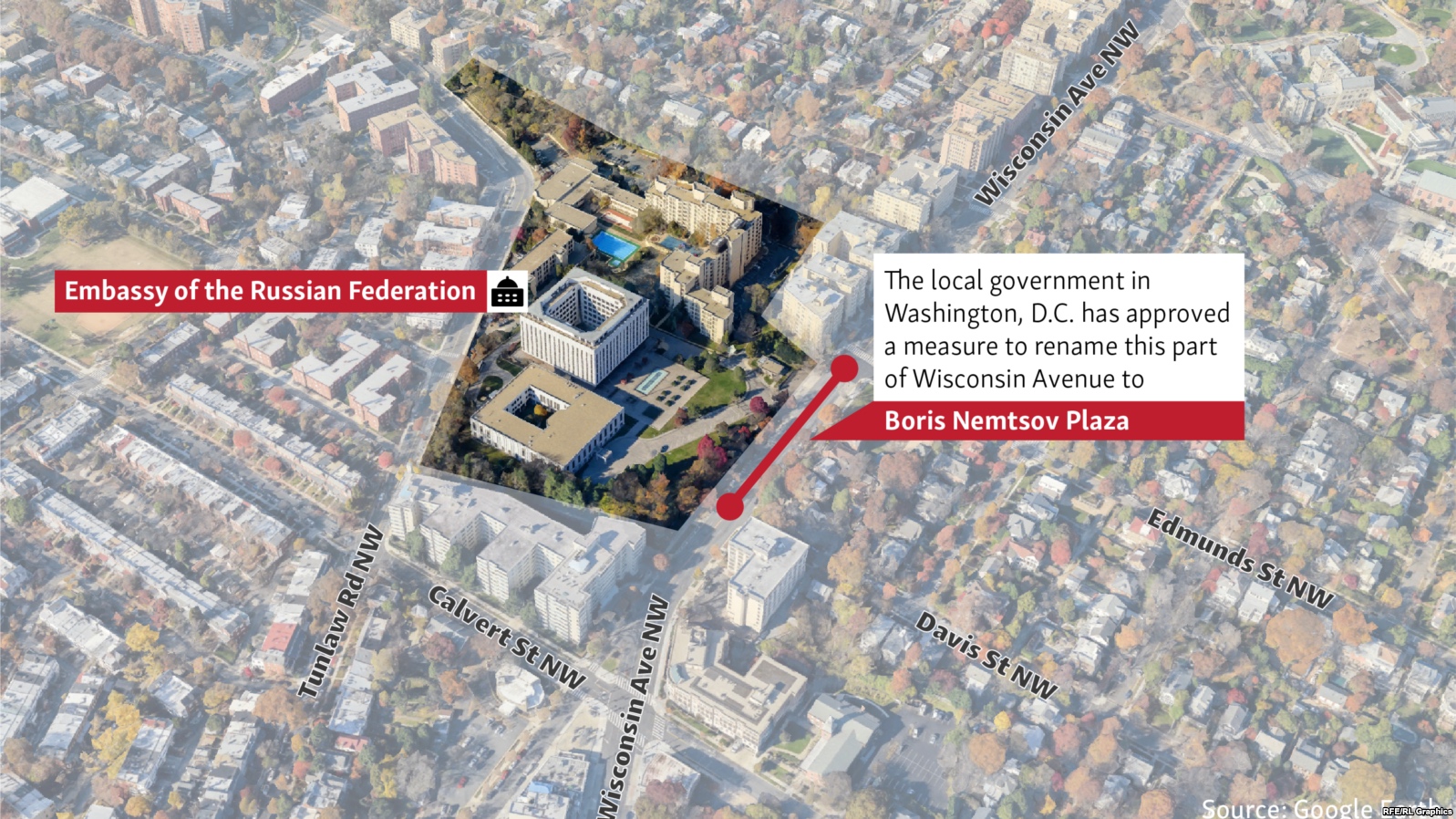The Bassam Sulayman Tarbush Execution
Well Thanksgiving didn’t last long.
The video of a Yemeni security official, Bassam Sulayman Tarbush, that I mentioned yesterday has now – as a few commentators have pointed out – been posted to the Internet.
I have only viewed the video once and read over the Mareb Press story once and as such my comments will be fairly limited. (Additionally, this incident fits into a longer AQAP piece that I’m working on so my full analysis will have to wait for the light of another day.)
In addition to the video being distributed throughout Marib I also have it on very good authority that the video was distributed in markets in San’a and Ta’izz through Bluetooth technology. This has long been a standard practice in Saudi Arabia and not just for jihadis and would-be jihadis but also for guys looking for girls at the mall.
For those just coming to the blog the outline of the story is this: In June al-Qaeda kidnapped a Yemeni security official, Bassam Sulayman Tarbush (41-years-old who has been working in security in Marib for 10 years) and on Tuesday it distributed a video of what appeared to be his execution. On Wednesday night that video (nearly 9 minutes) was up-loaded to various jihadi forums and, as I mentioned above, distributed throughout Yemen.
It is unclear from the video when exactly Tarbush was killed or even if he was – the video certainly gives the impression that he was, but it fails to actually show the execution, which could mean that the organization has learned from some of the mistakes of its predecessors in Iraq that jihadi porn does not always have the intended effect.
A couple of things stand out to me. First, this could be the “proof” that AQAP promised in its statement on the attempted assassination of Muhammad bin Nayif when it claimed that Saudi Arabia was operating networks in Yemen. (I can’t imagine that this surprised anyone with even elementary knowledge of Yemen – Saudi Arabia working in Yemen is along the lines of “I’m shocked, shocked” of Claude Rains in Casablanca – but oh well, there is much I don’t understand.) In his confessions – or whatever one calls it when a blindfolded man is on his knees talking to his captors – Tarbush claims that Saudi Arabia (the implication is that this is through Muhammad bin Nayif) has been operating networks of tribal informants in Marib. He also says that he worked collecting information on the “wanted ones” which he later refers to as mujahidin. (One Mareb Press article claims that the one of his interrogators is speaking in a khaliji accent, but I didn’t pick that up – this article also has a link to the video for those that do not want to log on to jihadi forums.)
This is, in my opinion, yet another one of a number of “ratcheting up” events that we have seen in Yemen. Going back to the Spring of 2007 when al-Qaeda members carried out their first assassination of a Yemeni security official we have seen a number of new barriers broken when it comes to AQ violence in Yemen. This is yet another one of those. Never before has AQ executed – not assassinated, but executed – a security official.
The intimidation factor in the video is clear and explicit. Al-Qaeda is demonstrating the wages for crossing it and I’m not sure that either the Saudi or Yemeni governments have enough money in their collective coffers to buy-off the tribesmen in these areas to fight al-Qaeda. (This idea, of course, assumes that both can buy their way out of this problem, which I do not believe to be the case. To be more clear: no matter how much money is thrown at this problem to buy the “tribes” – as if one could be guaranteed that “buying” a shaykh determined the behavior of others in the tribe – it will not solve the problem.)
In a video released in August, after the “battle of Marib,” al-Qaeda let seven soldiers go free after eliciting a promise from them that they would not fight against the “mujahidin” and while al-Qaeda then showed its mercy to those that had been “coerced or deceived” into service against them it is now demonstrating its wrath against those who decide to combat al-Qaeda of their own free will – the officer corps in other words. And this is not the officers that reside in San’a and don’t always have a good feel for the lay of the local land. These are the local officers that know the tribal genealogies and local geographies that make them such admirable deputies for the security services and such worrisome enemies for AQ. The same thing was done with the ambush of three security official in Hadramawt.
Again, in my view, the worst fears of many US security officials are beginning to come true – as it appears that al-Qaeda is growing stronger as the Yemeni government concentrates its energies elsewhere. I don’t care if you buy the “distracted” argument or not, the fact of the matter is that the Yemeni government has not gone after al-Qaeda in Marib, al-Jawf, Shabwa and Hadramawt like it should have over the past couple of years and now, it appears to me, getting rid of the organization will take much more effort than the Yemeni government has ever given previously. Tragically, the demand for this new and increased effort is coming just as the Yemeni government is increasingly incapable of producing it.
Given the trajectory of the past few years of al-Qaeda activity in Yemen, I look at this execution and I see an event that we will look back on for years to come as the beginning of a new period of violence and intimidation in Yemen much like I view the Feb. 2006 prison break as the beginning of the second phase of the war against al-Qaeda in Yemen and the assassination of Qasaylah in early 2007 as the beginning of much of the violence that we saw throughout 2007, 2008 and 2009.




